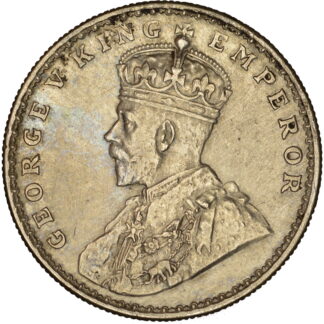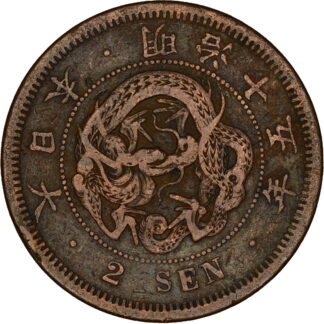Description
The Meiji restoration sat the foundations of modern Japan. After the opening of ports “forced” by Commodoro Perry in 1854, Japanese delay in front of foreign technology was evidenced. The discontent of the clans and the emperor himself for the way in which the shogunate managed the new treaties with foreign powers did not stop creating tensions. The last Shogun decides to return the powers to the emperor, waiting for his clan (Tokugawa) to be maintained as an important support in the future of the country. But the return of power to the emperor was exploited by another clans to subtract importance from the Tokugawa clan and a civil war began, from which the emperor was winning, appropriate the lands of several clans and thus strengthening central power. The modernization of the country, and the army (which the shogunate had already started) was promoted. This army reform ended the traditional Samurais, causing innumerable conflicts, of which the most important was the Satssuma rebellion. Japan was thus the first country in Asia to accept Western culture and update according to its model. Thus, public schools were created that would later serve to nurture industries. Precisely in that industrial development, the Zaibatsu or great family corporations that grew excessively, especially after the Russian-Japanese war played an important role. The development of Japan was in any very important case, and at the end of the century he could already have an important victory over China, which achieved Formosa control, and later from Korea, beating in 1905 in the Russian-Japanese war already mentioned. In 1912, a new emperor came to power, starting the Taishho era, in which the oligarchic government was passed, to the Japan diet with political parties. It was a time of development of democracy that ended quickly in the Showa period for the national and international environment. Thus, shortly after the arrival of Hirohito to power, there were several economic crises, which brought difficult times and discontent in the population. At the same time, international treaties limited the tonnage of Japanese war ships, with respect to Americans or British. The Army took advantage of Mukden”s incident to invade Manchuria and put the last emperor Qing Pu Yi, as a puppet in the state of Manchukuo. Wrapped in a significant growth of nationalism, shortly after, the diet voted the exit of the League of Nations, which caused alignment with Italy and Germany. All these facts sowed the bases of China”s invasion, and the subsequent attack on the US, which concluded with the defeat in the war and the subsequent allied occupation, which ended the empire, although not with the emperor. The new monetary system was introduced in 1871, with the Yen as a reference currency, defined by 0.78 ounces of silver and divided into 100 sen (and 1 sen = 10 rin). After the war, he lost most of its value, looking at Bretton Woods in 360 and in 1 dollar.







Reviews
There are no reviews yet.